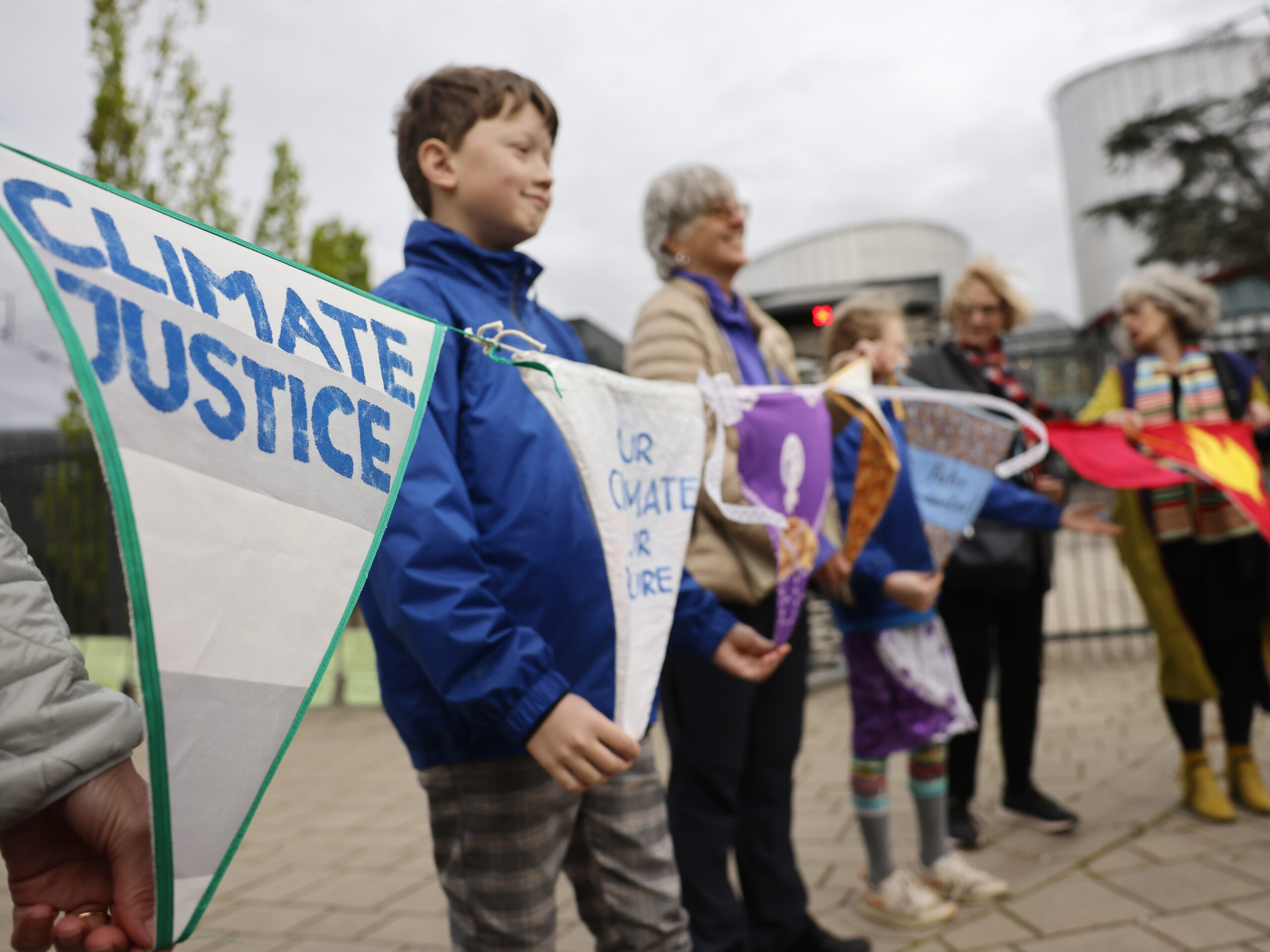Researchers have been studying whether certain practices around Lake Superior watersheds can help communities better withstand effects of climate change. They have some recommendations on how communities can become more resilient. They discussed their preliminary findings at the 7th Annual St. Louis River Summit at UW-Superior on Tuesday.
George Host, director of the forest and land initiative with the Natural Resources Research Institute in Duluth, said they collected data on land use around two watersheds that flow into Lake Superior. He said they then created computer models of Miller Creek and Mission Creek to simulate heavy rain scenarios of four to six inches at a time.
“And how those changed stream flow, which is one of the big things,” he said. “If peak flows get too high, it tends to scour, creates erosion, it sends sediment into Lake Superior and it destroys property.”
Stay informed on the latest news
Sign up for WPR’s email newsletter.
Host said they found they could reduce peak flows by up to 15 percent in those watersheds by using green roofs, wetlands or rain gardens to retain water. Graduate Research Assistant Vanessa Perry with the University of Minnesota-Twin Cities said they used findings from the computer models to collect input from 27 community stakeholders about the area’s readiness to deal with the effects of climate change in those watersheds.
“People have a lot of uncertainty around how that will effect this community and what those impacts will be in the future,” she said. “And that’s really proving to be a barrier to building momentum and moving forward to prioritize actions.”
Host said cost is one factor communities and agencies are considering with climate change.
“It’s much more expensive to protect for a 500-year storm than a 100-year storm. But, if 100-year storms start coming every four years, first, we got to call them something else,” he said. “Secondly, it’s a sign that something significant is going on and maybe we should build over capacity anticipating future climate change.”
Perry said communities are trying to assess what practices represent the best investment as the region is likely to see more intense rain storms.
“So the sorts of storms and impacts that we’re expecting in the future, best management practices may help, but they might not help as much as they do now,” she said.
Perry and fellow researchers recommended creation of an interagency task force to coordinate the use of resources and available science to better prepare for climate change, as well as encourage climate change planning in the development of future ordinances, resolutions or joint agreements. The research is part of a roughly $100,000 project funded by Minnesota Sea Grant. Perry said they expect to release their final findings and recommendations later this year. The hope is that the results will help communities better prepare for future climate change.
Wisconsin Public Radio, © Copyright 2024, Board of Regents of the University of Wisconsin System and Wisconsin Educational Communications Board.




